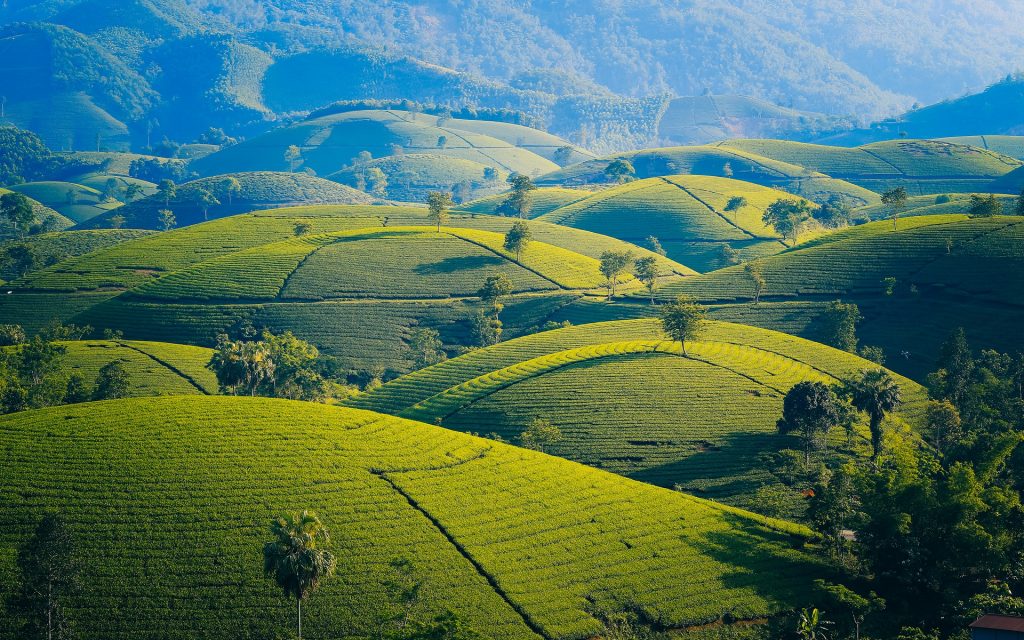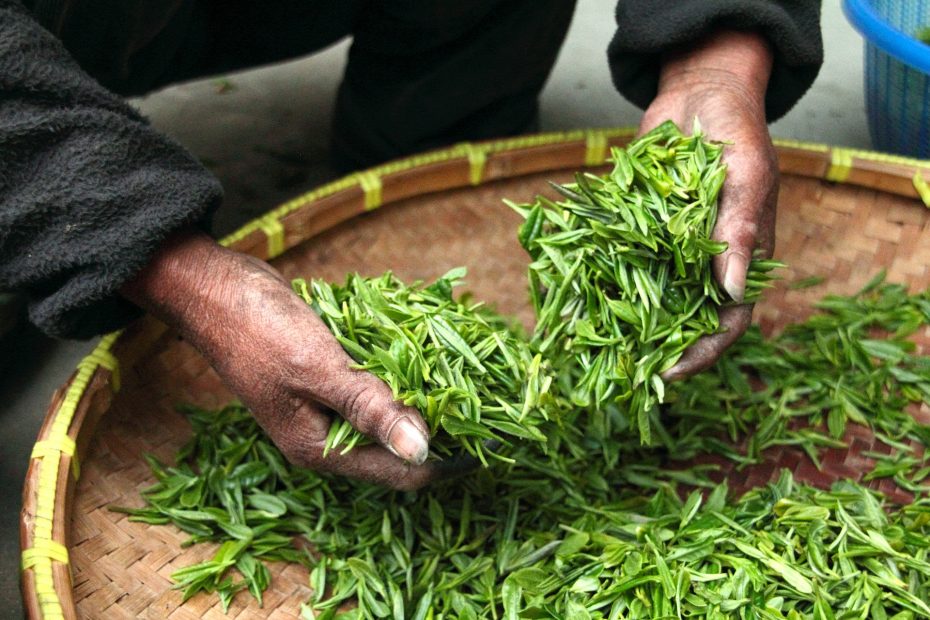Most of the major tea producing regions are located along the equator and while there are many wonderful varieties of black tea produced in these regions, they lack the complexity that comes from leaves grown at higher altitudes. High altitude tea plantations are found in mountainous regions like Darjeeling (West Bengal India), Taiwanese high-mountain Oolong (Taiwan), and Yunnan (China), to name a few. These regions are at higher elevations where the climate is cooler and misty (especially Darjeeling district), which reduces photosynthesis, slows down growth, and increases the complexity of the tea’s flavor.
The unique combination of growing conditions in these regions produces teas that are rich, smooth, fragrant, with hints of cocoa or fruit. These types of tea are frequently referred to as “tippy” teas because the abundance of tips (the small, unopened leaves at the top of the plant) in these regions produce a richer and smoother tea.
Darjeeling black tea is one such example. Darjeeling is located in northern India near Nepal and the Tibetan Himalayan mountains. The region receives abundant rainfall and has a very cool climate with misty mornings, making it the perfect environment for growing high-quality black tea. The small tea leaves from the top of the plant are hand picked and processed to make this distinctive black tea with hints of cocoa, fruit, or malt that is both smooth and full-bodied.
What is so special about Darjeeling tea?
Tell me the reason for Darjeeling tea? Darjeeling tea is the only tea that is protected by the Geographical Indications (GI) Trademark. This tea is said to be one of the highest elevations produced teas worldwide and the high level provides the optimal atmosphere to produce a tea plant.
What does Darjeeling tea taste like?
Darjeeling is often called ‘the Champagne tea’ and has muskysweet flavours reminiscent of Muscat wine. The fruit has a sweet, fruity and citrus scent.
Darjeeling tea is an Indian black tea, it contains fruity taste as well as golden or bronze colors depending on its brewing method. Tea experts say the taste consists of citrus fruit flowers and some vegetative characteristics. Darjeeling is sweeter but less bitter than any black tea.
Is Darjeeling black tea good for you?
The polyphenols of Darjeeling tea leaves stimulate good bacteria to grow inside the stomachs. The presence of harmful bacteria can lead to an overweight body, while healthy bacteria help you lose weight. In addition, a variety of compounds can help inhibit bacterial development, which helps prevent your oral health.
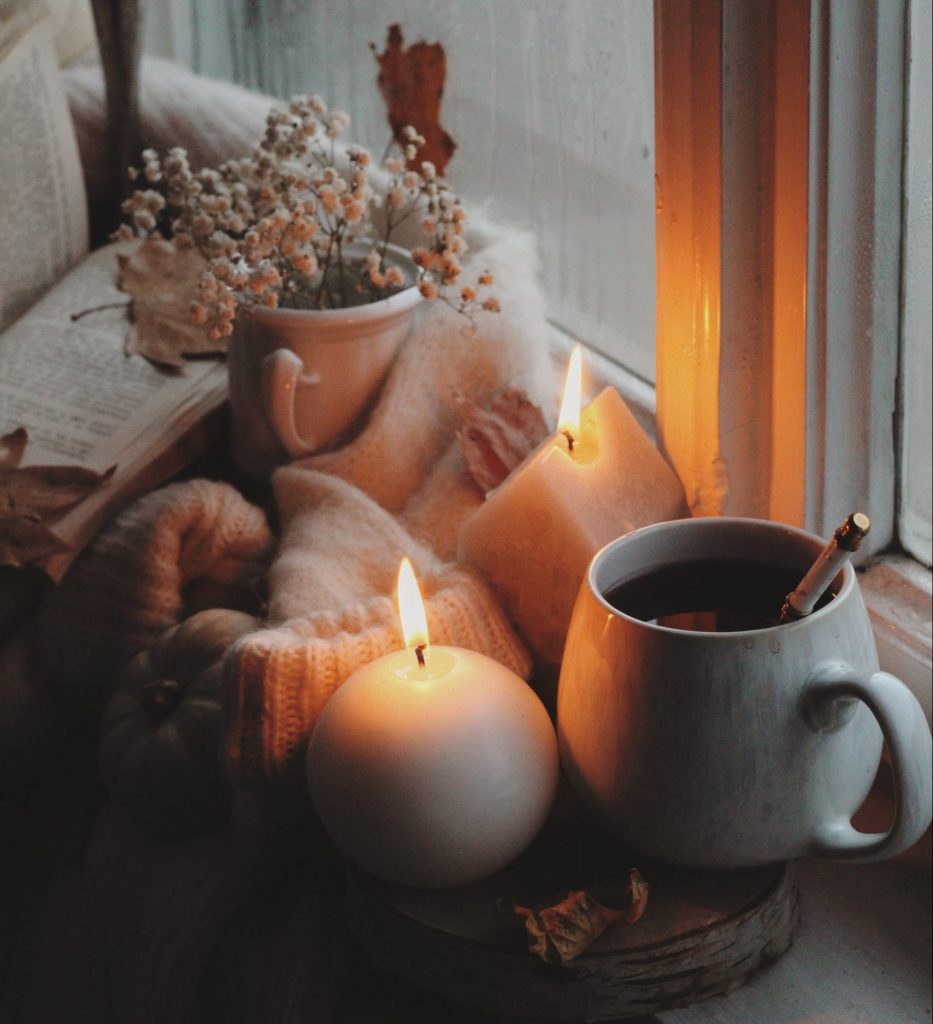
Is Darjeeling tea the same as black tea?
Darjeeling teas are usually less oxidized than typical black teas. Darjeelings tea special flavour comes from Chinese tea genetics mixing with Indian terroir—plus intricacy and processing processes.
Which tea is best Darjeeling tea or Assam tea?
As we’ve seen, there are many different types of tea, each with their own unique flavor and aroma. Some of the most popular types of tea include Darjeeling tea and Assam tea. While both of these black teas are delicious, they have different flavors that make them unique.
Darjeeling tea is a black tea that has a light, floral flavor that is slightly sweet and fruity. Assam tea, on the other hand, is a black tea that is grown in the Assam region of India and has a bold, malty flavor that is earthy and rich.
Ultimately, both Darjeeling and Assam teas are delicious and enjoyable. However, they are different enough that you can prefer one over the other.
If you want a light, floral cup of black tea try drinking Darjeeling tea. If you want a bold, malty cup of black tea then try drinking Assam tea.
What is pure Darjeeling tea?
Darjeeling tea is made from the Camellia sinensis plant var. assamica. The tea leaves are harvested from bushes that are at least three years old, then withered, rolled, and oxidized to develop the aroma. The leaves are then fired to stop oxidation and develop the dark color of the tea.
The best Darjeeling black tea comes from the district of Darjeeling and is known as “pure” or “orthodox” Darjeeling tea.
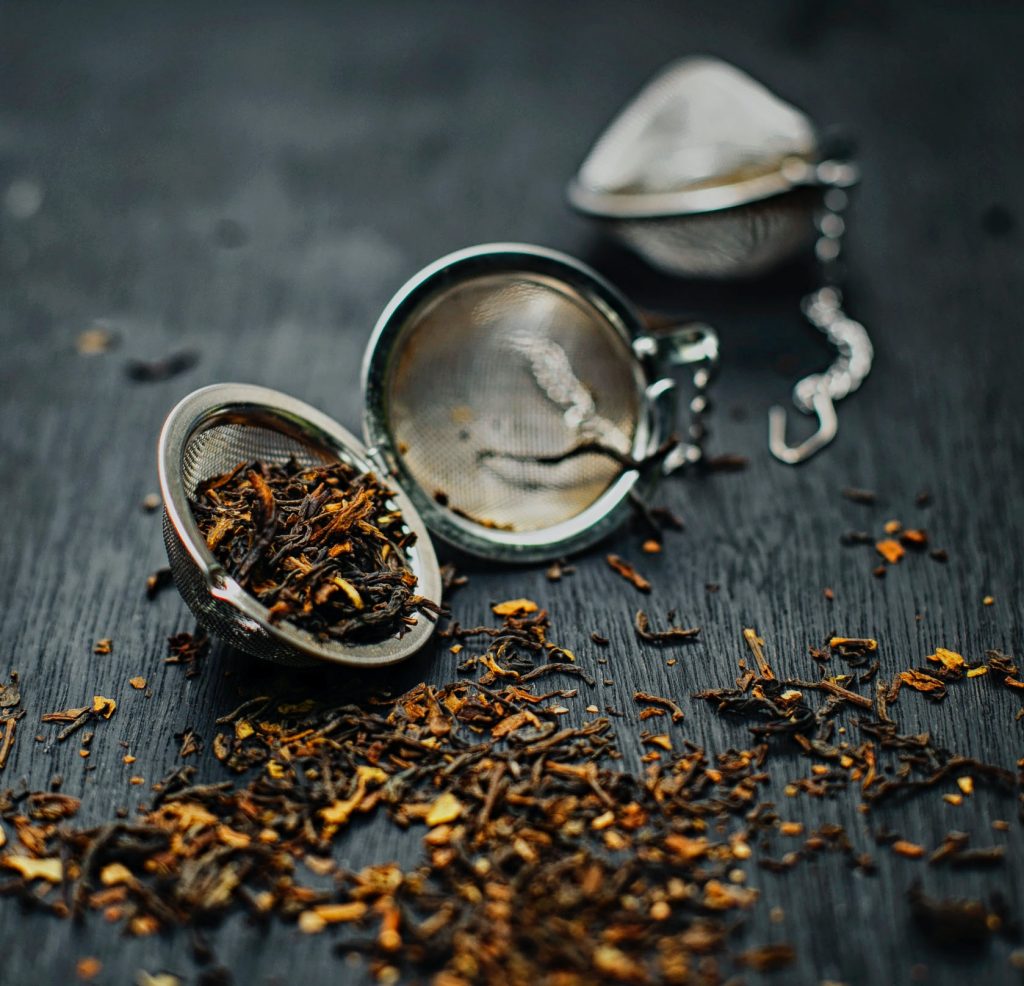
What is the best way to drink Darjeeling tea leaves?
There are many different varieties of Darjeeling tea, so experiment and try out different flavors to find your favorite. Although it can be enjoyed on its own, it goes really well with other teas and spices such as cloves or cinnamon. It’s not that difficult to make a perfect cup of Darjeeling tea—just add water into the cup or teapot, then add between 1 and 2 teaspoons of Darjeeling tea leaves.
The water temperature is very important, as it can affect the flavor of your tea. If you prefer a lighter taste, the water should only be heated to around 70°C (158°F) or 80°C (176°F). If you’re looking for a stronger flavor, the water should be heated to between 90°C and 100°C (194-212°F). The perfect brewing time will vary from one tea variety to another, but dark teas such as Darjeeling tea usually require 5 to 10 minutes.
Drink your Darjeeling tea without sugar and milk, these add-ins may hide your black tea’s distinctive and complex flavor.
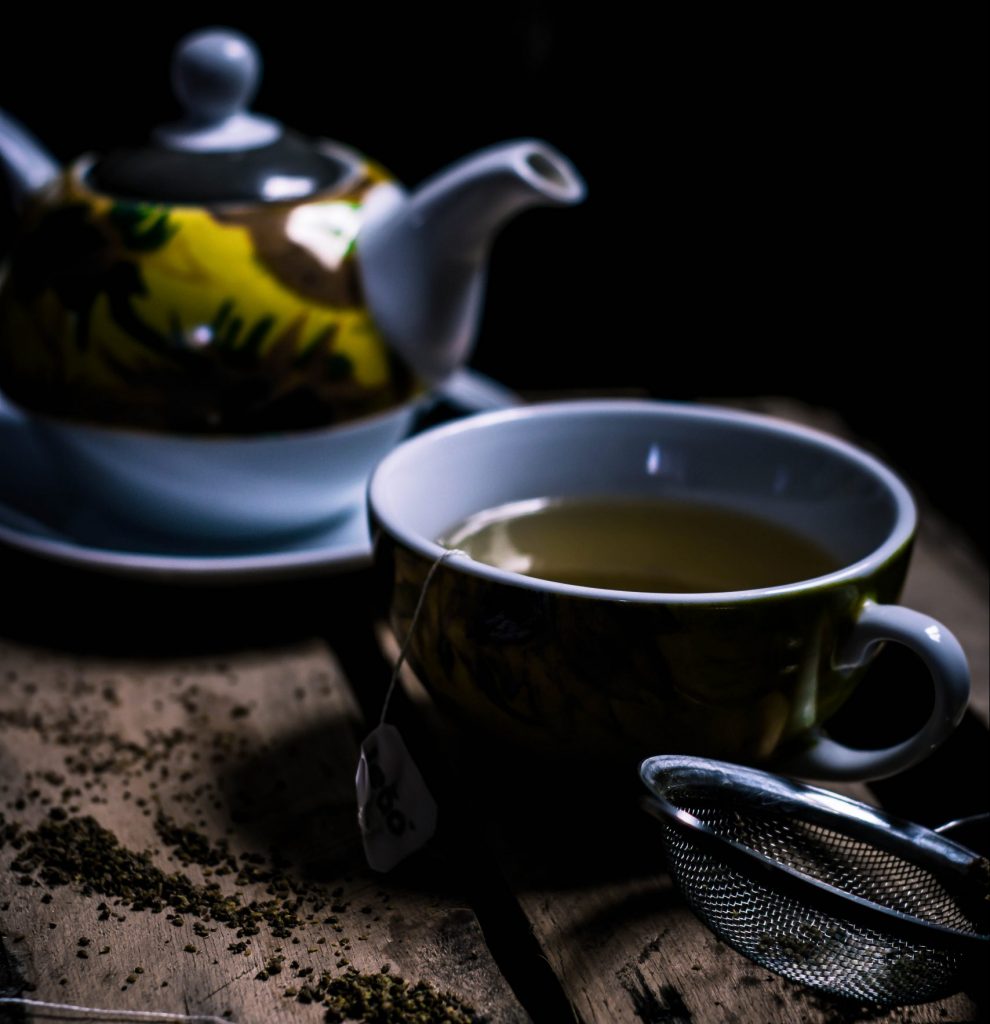
Is Darjeeling tea lower in caffeine?
In a world of caffeine-laden drinks, tea has been a low-caffeine alternative for its entire history.
In the case of darjeeling black tea , however, it is not just a matter of caffeine content. The darjeeling plant itself contains caffeine at roughly half that of Japanese green teas, but darjeeling is made from newer leaves than older leaves that are more likely to be used to make Japanese green tea. Additionally, darjeeling black teas are fully oxidized, which reduces caffeine content further.
In fact, darjeeling flushes (periods of active growth and production) at the beginning and end of darjeeling’s growing season result in even higher caffeine contents than Japanese green teas while darjeeling flushes in the middle of darjeeling’s growing season result in even lower caffeine contents, with higher-quality darjeelings having less caffeine than lower-quality darjeelings.
While darjeeling tea is generally considered to have less caffeine than other types of tea, it does have some caffeine, and darjeeling producers are very careful to control caffeine levels through production methods. Darjeeling tea may be lower in caffeine than coffee or energy drinks, but it is not caffeine-free.
Conclusion
So, what do you think? Are you curious about darjeeling black tea now? If so, we hope you’ll go out and have one cup! It really is an experience not to be missed. Whether you drink it with milk and sugar or straight up, we think you’ll love the unique flavor profile of this tea.
Once you’ve had a chance to taste it for yourself, come back and let us know what you thought in the comments below. We would love to hear from you!
Thanks for reading, and happy sipping!
